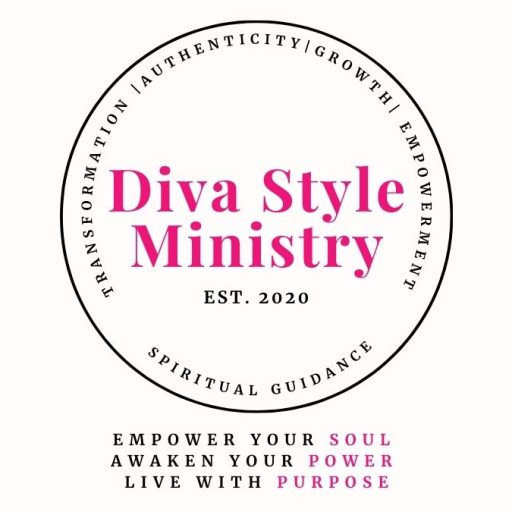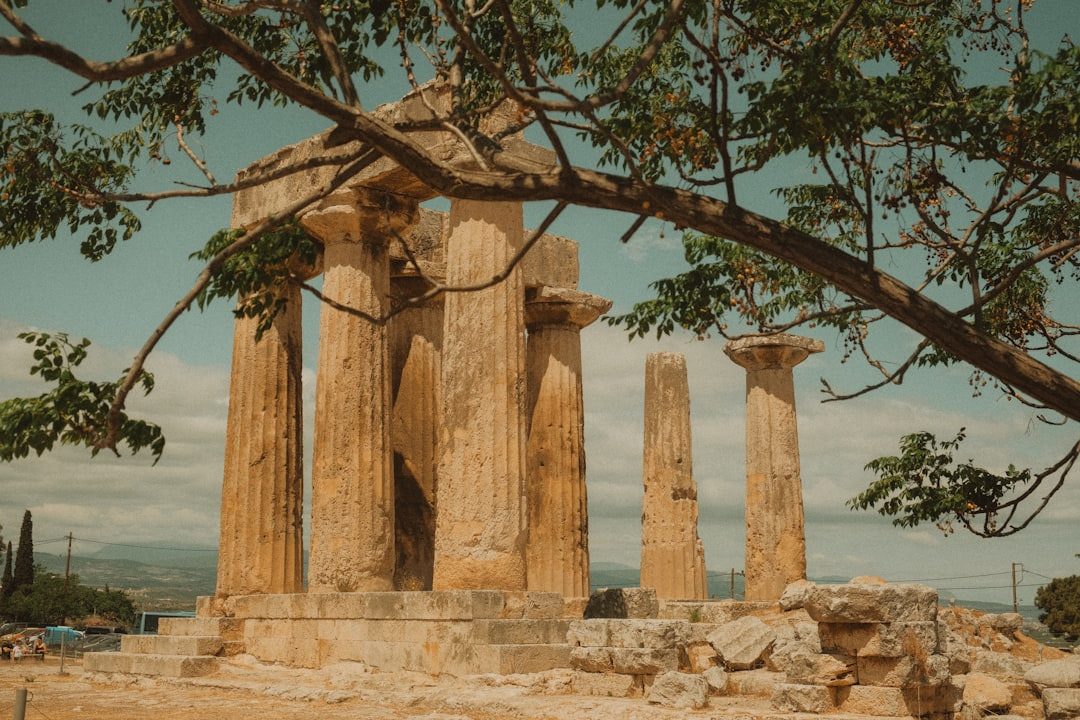🔥 Bold Insights for an Authentic Life
At SoulScript, we support women 45+ in breaking through self-doubt and stepping boldly into lives rooted in confidence, courage, and spiritual wholeness. Each blog post offers guidance, reflection, and powerful tools to help you align with your deepest values and live with unapologetic authenticity.
You’ve likely heard a mantra chanted in a yoga class, whispered during a guided meditation, or shared as a daily affirmation. These words may sound simple, but their roots are anything but shallow. In fact, mantras are among the oldest spiritual tools in human history, their echoes stretching back thousands of years into ancient rituals, sacred texts, and devotional practices.
Despite their global popularity today, many people don’t realize just how deep the history of mantras runs—or how their meaning and use have evolved across cultures and generations.
Let’s explore the rich origins of mantras, their significance in spiritual traditions, and how they’ve grown into powerful, personal practices for modern mindfulness and meditation.
What Is a Mantra?
At its core, a mantra is a sacred word, sound, or phrase repeated for spiritual, emotional, or meditative purposes. The Sanskrit roots of the word—man (to think) and tra (tool)—translate to “a tool of the mind.” And that’s exactly what a mantra is: a tool to help you focus, calm, center, and connect.
Used across many traditions and now embraced by people of all faiths and backgrounds, mantras are an ancient practice with a very present purpose: to bring harmony to the mind, body, and spirit.
Where Did Mantras Come From?
According to Encyclopedia Britannica, mantras originated more than 3,500 years ago, with deep roots in Hindu and Buddhist traditions.
In Hinduism:
The mantra “Om” (also spelled “Aum”) is considered the most sacred syllable. Often referred to as the primordial sound of the universe, Om is believed to be the vibration present at the moment of creation. Chanting it is said to unite the practitioner with the divine and attune the body and mind to the rhythm of all life.
To this day, Om is one of the most widely recognized and used mantras in both Eastern and Western spiritual practices.
In Buddhism:
Another foundational mantra is “Om Mani Padme Hum,” which roughly translates to “Praise to the jewel in the lotus.”The Dalai Lama himself has emphasized its power, stating that this one phrase contains the essence of Buddha’s teachings.
Each syllable of this mantra carries symbolic meaning related to spiritual growth, compassion, and purification. It is often chanted to remove obstacles, clear negative karma, and cultivate loving awareness.
How Mantras Have Evolved Over Time
While traditional mantras like Om and Om Mani Padme Hum are still in use, the practice has expanded globally. As more people began to explore meditation and mindfulness, mantras evolved—adapting to new languages, cultures, and individual needs.
In contemporary spiritual and personal development spaces, mantras often take the form of affirmations—short, intentional phrases that reflect personal truths, hopes, or goals.
These modern mantras are deeply aligned with the original purpose of mantra: to bring focus, alignment, and transformation. What has changed is simply the language and personalization of the practice.
The Power of Modern Mantras
Today, mantras are more accessible than ever—and more flexible, too. Whether you’re reciting ancient syllables or crafting your own affirmations, the key is intention. Your mantra should speak to your heart, ground your thoughts, and inspire your soul.
Here are a few modern mantras you can try during meditation or throughout your day:
- I bring joy to the lives of others.
- I am a being of happiness and light.
- I attract peace, abundance, and ease.
- It’s okay to release control.
- I am grounded, worthy, and whole.
- I trust myself to grow, heal, and thrive.
Mantras can be tailored to fit your spiritual beliefs, emotional needs, or practical goals. You might choose one to begin your day, one to return to when stress rises, or one to use in deep meditation to anchor your breath and awareness.
Why Mantras Still Matter Today
Despite centuries of evolution, the core purpose of the mantra has remained the same: to connect the mind and body with a greater truth—whether that’s divine wisdom, inner peace, or the clarity of focused thought.
In a modern world that’s often loud, chaotic, and emotionally draining, mantra practice offers a moment of sacred simplicity. It invites us to return to the breath, to focus our energy, and to remember who we are beyond the noise.
Whether you are drawn to ancient chants or empowered by personal affirmations, the practice of repeating a mantra can help you:
- Reduce stress and anxiety
- Build spiritual resilience
- Enhance focus and mindfulness
- Create emotional balance and inner peace
Final Thoughts: A Sacred Thread Through Time
Mantras are not just relics of the past—they are living practices, woven through history and now gently threading through your present moment.
So the next time you sit in stillness, or feel your thoughts scattered, try reciting a mantra—ancient or new, whispered or thought. Let it become your spiritual rhythm, your breath of intention, your pathway to calm.
You are not just speaking words.
You are awakening your essence.
Related Reads:
Elevate Your Mindset & Confidence
Keep going! These insightful reads will help deepen self-awareness, build confidence,
and inspire you as you progress toward your best, most authentic self.






